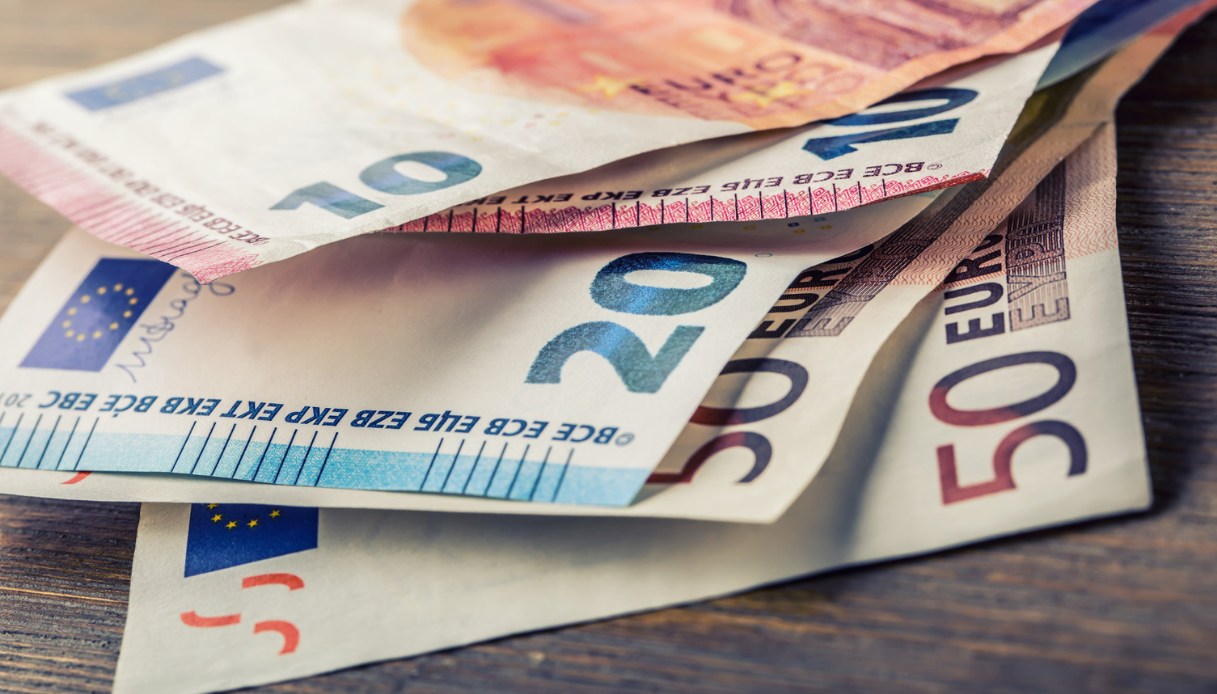opposing him Nostalgia for the lira, for many due to the significant loss of purchasing power in Italy,euro In fact it has had a positive effect on the economy of our country. This is what emerges from study Conducted by the Research Institute on Sustainable Economic Growth in National Research Council (Cnr-IRCrES) together withUniversity of Rome TreePosted in Italian Economic Journal.
At the heart of the report – the first analysis of trade policy assessment conducted in Italy using the Synthetic Control Method (Scm) – is the impact that the introduction of the euro has had on Italian exports and the potential consequences if Italy does not join monetary policy. Economic Union (EMU).
Analyze the trend of Italian exports to Economic and Monetary Union countries and countries outside the European Monetary Union from 1995 to 2012, the study shows thatThe euro trade balance always appears in surplus. In fact, the synthetic control method (Scm) made it possible to estimate what happened to Italy, in relation to the control group, from the moment it received its “treatment”, that is, since the introduction of the single European currency. The researchers also chose to investigate not the total trade flow of exports, but the economic value added by Italy to the final and intermediate products exported within the global value chain (Gvc), as a result of the different stages of the production of a good, for example increased trade and international trade.
“Traditional trade in ready-to-consumer goods joined for some time by a new trade in intermediate goods – they explain Luca Salvatisi and Silvia Nenci, researchers at the University of Rome Triumvir -. Our study evaluated the net worth of these exports as a function of time, getting a more accurate measure of the degree to which our economy is involved in Gvc.”
“Results – they confirm Giovanni Ceroli and Antonio Zinelli, researchers from Cnr-IRCrES – First of all, he showed that the single currency has positively affected the added value of Italian exports, hence the Italian participation in the global chain. In the reference period, exports to the countries of the European Monetary Union and the non-EMU countries examined increased (28 countries including Germany, France, the United Kingdom, the United States of America, China and Japan). This occurs regardless of the specialization of Italian trade, including sectors in which Italy has always had comparative advantages, for example base metals, but also areas where these advantages have never been clear, for example electrical and optical equipment and road transport services. The same heterogeneity also applies to the few exports that have had a negative impact since the introduction of the euro, such as chemicals and coal, which have always suffered from a comparative disadvantage.”
However, the adoption of the euro has slowed – the study indicates -, especially in the early years after joining the European Monetary Union, in sectors such as agriculture and food. “These different types of trends, called forward and backward, analyzed together suggest that the introduction of the euro has provided a clear boost to the Italian role as an input provider.”Europe Factory‘, on the other hand, reduced Italian exports’ dependence on foreign motives – concluded the study authors -. A possible explanation could lie in the direct investments of companies in domestic production, which are preferred by the single currency in relation to the import of goods necessary for their subsequent exports. ”

Communicator. Reader. Hipster-friendly introvert. General zombie specialist. Tv trailblazer

